A proposed road through the Split Oak Forest, set aside for relocating imperiled native species such as gopher tortoises, reveals the intensity of development pressures in Central Florida.
The sun was setting behind the longleaf pine forest, illuminating flatwoods in full bloom. Yellow and purple flowers covered the open space between the pines towering above. Grasses with fluffy, cream-colored blooms filled the gaps between the flowers, all testament to the hard work of land managers who transformed Split Oak Forest Wildlife and Environmental Area southeast of Orlando.
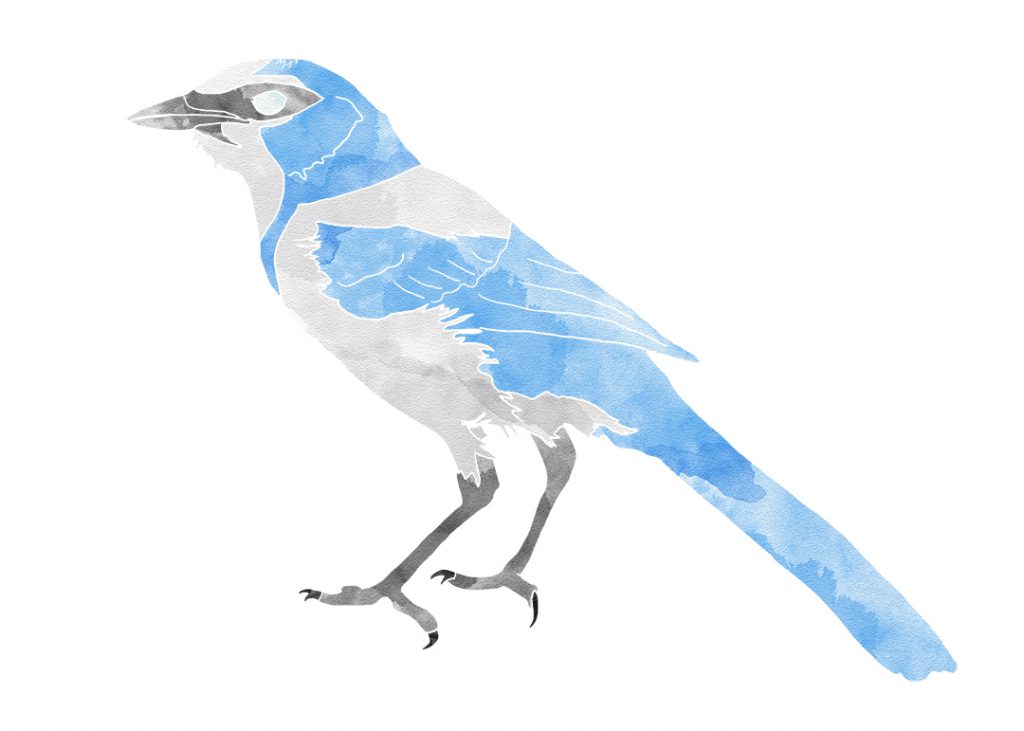
Thirty years ago, it would have been difficult to find any flatwoods of this beauty at Split Oak. Like so much of natural Florida, the land had been wrung out by turpentine extraction and cattle grazing. Fire, a key element in maintaining longleaf pine forests in the southeast, had been suppressed. What pines were left were being choked out by oaks, indicating a transition from open forest to hammock.
But in 1994, Orange and Osceola counties acquired Split Oak as a mitigation bank; a site in which developers could buy credits to offset the destruction of habitat for threatened or endangered species elsewhere. Through intensive management, including regular prescribed burning, Florida Fish and Wildlife Conservation Commission land managers transformed approximately 1,600 acres of degraded landscape into some of the best habitat in the region for rare native species such as gopher tortoises and pine lilies.
As part of a relocation program, the area has become home to more than a hundred gopher tortoises, along with carnivorous hooded pitcher plants and pink sundews, and a host of other plants and animals. During a recent “bioblitz,” community members and biologists converged on the forest to document the species they could find. The timing was critical. After 24 years, Split Oak Forest, mitigation site for countless construction projects throughout central Florida, has become the target of a project, itself: A highway that will run east from near the Orlando International Airport to … currently, nowhere.
Plans for development east of Split Oak have already been approved. Deseret Ranches, the largest landholder in the state according to Florida Trend magazine, worked in conjunction with Osceola County on a plan to develop 133,000 acres of what is largely pastureland – an area nine times the size of Manhattan. The development will connect the Space Coast with southeastern Orange County, another area undergoing rapid growth. To help pave the way, Deseret Ranches and All Aboard Florida – Operations LLC., a railroad company, jointly committed $37 million to the Osceola Parkway Extension, the road proposed through Split Oak. Officials with Deseret and the expressway authority planning the extension declined to comment for this story.
Deseret plans to develop just over 70,000 acres of the 133,000 for mixed use, including urban centers, trails, parks and roads. By 2060, the population there is expected to reach 355,000. By completion in 2080, it’s expected to climb to nearly half a million. To put that into perspective, in 2013, the nearest city, Orlando, occupied just under 73,000 acres with a population of 250,000; by 2040, Orlando’s population is expected to grow to 345,000.
Profound impacts to wildlife
Wildlife scientists such as long-time University of Central Florida professor Reed Noss say a human population boom across these natural and semi-natural lands could disrupt Florida’s ecological connectivity, one of the concerns brought up in an independent review of the development plan. Among the threatened and endangered species that now roam Deseret’s lands are the eastern indigo snake, red-cockaded woodpecker and Florida panther. Deseret Ranch is the primary corridor linking scant remaining panther habitat to areas as far north as Ocala National Forest. When it’s developed, panthers will have a difficult time expanding their range, critical to their survival as a species. The loss of agricultural lands will also have negative impacts on the striking falcon crested caracara; the burrowing owl; the sandhill crane; and various other iconic birds that thrive in these pastoral lands.
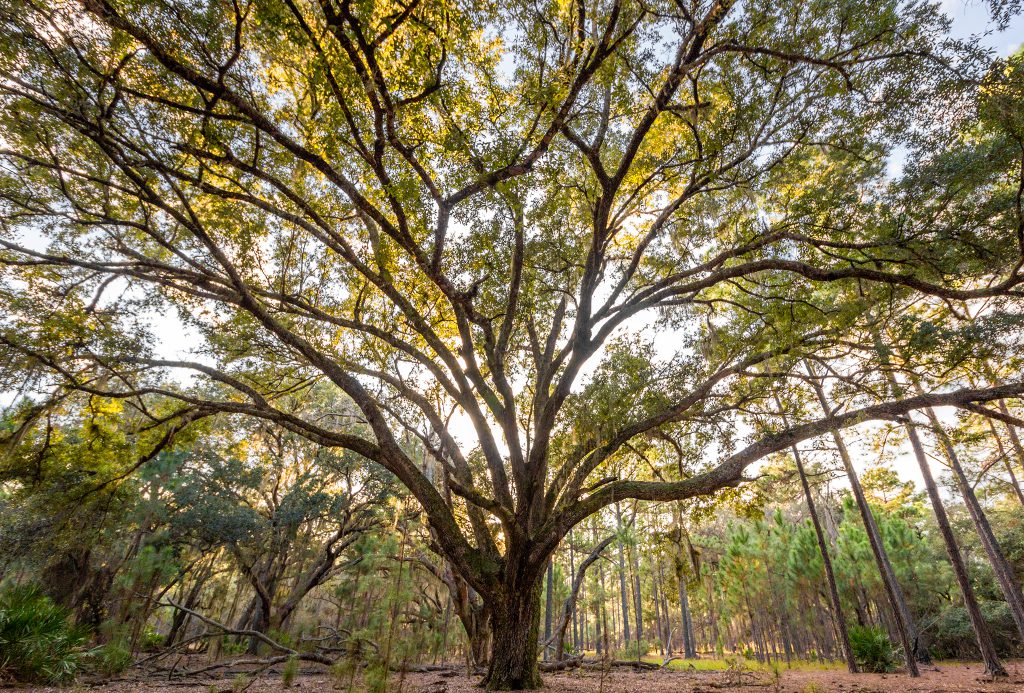
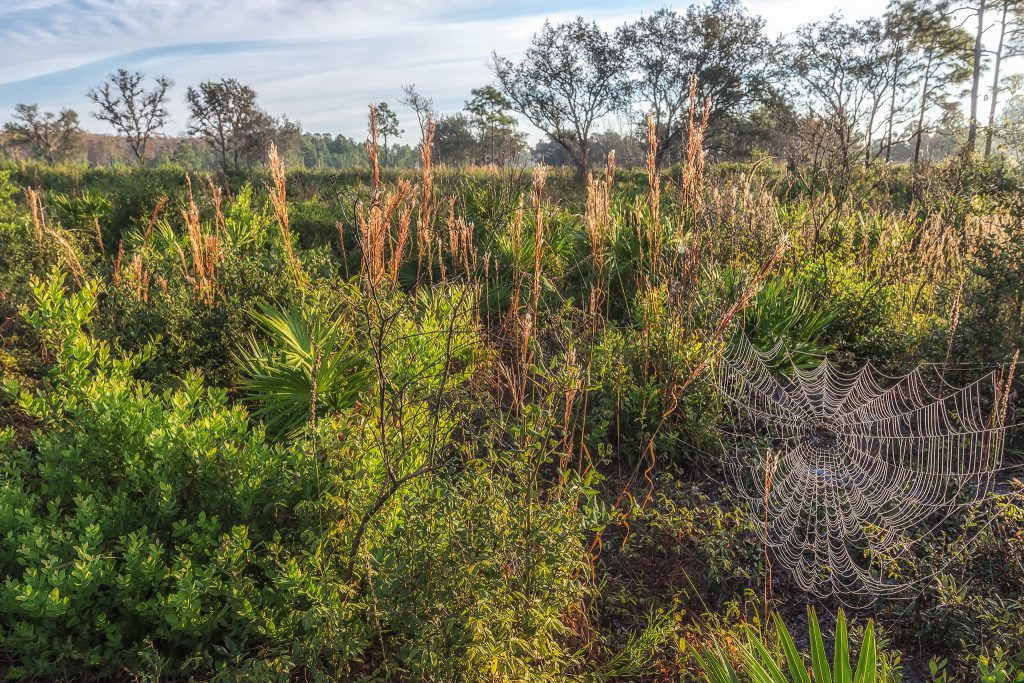
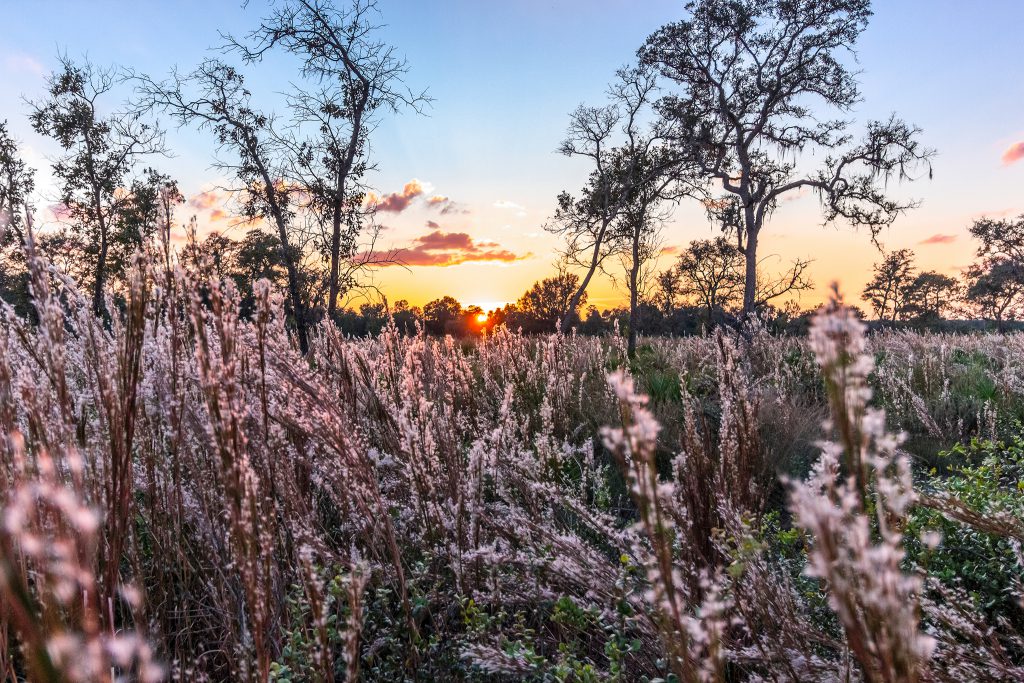
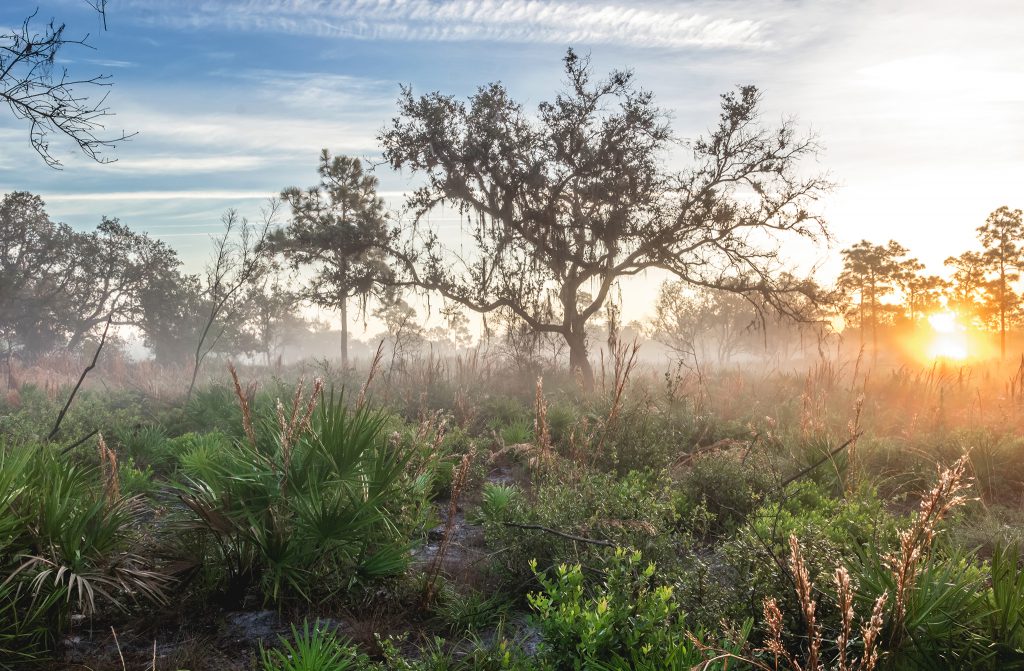
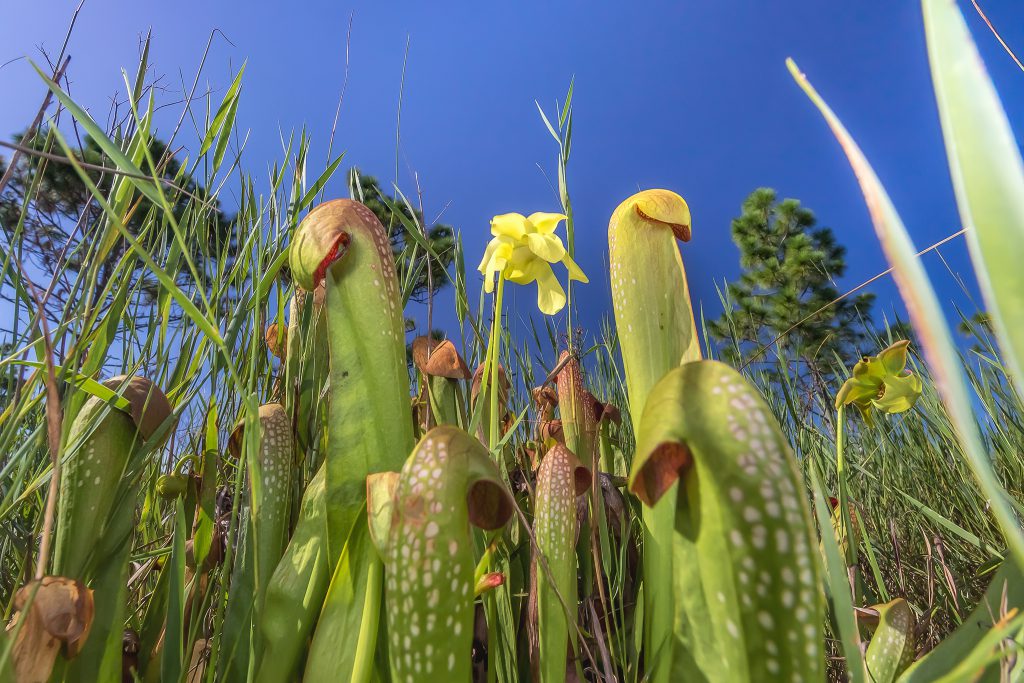
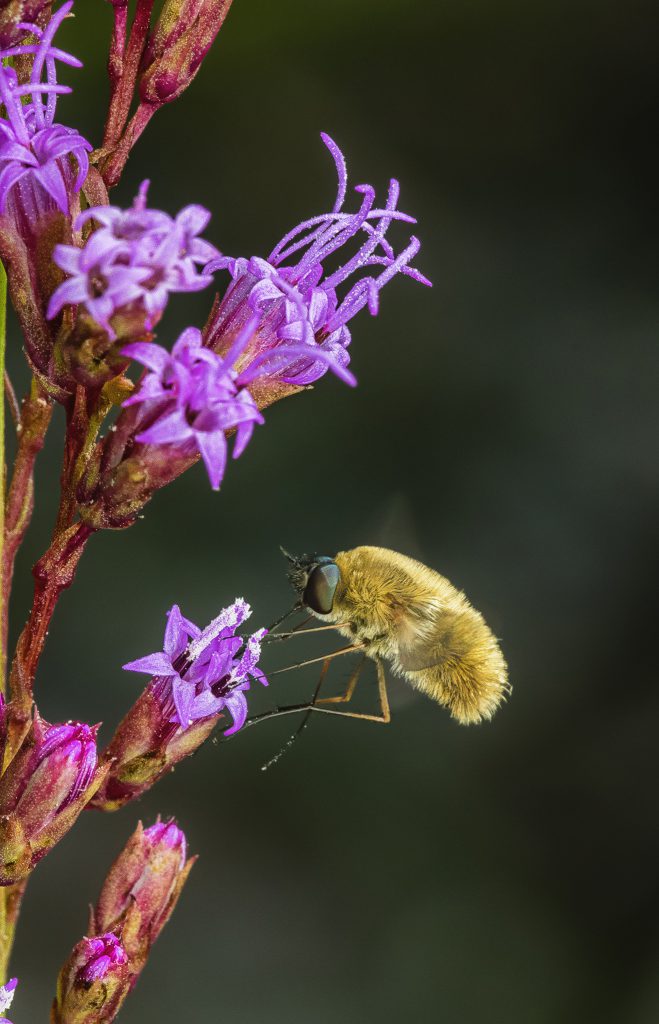
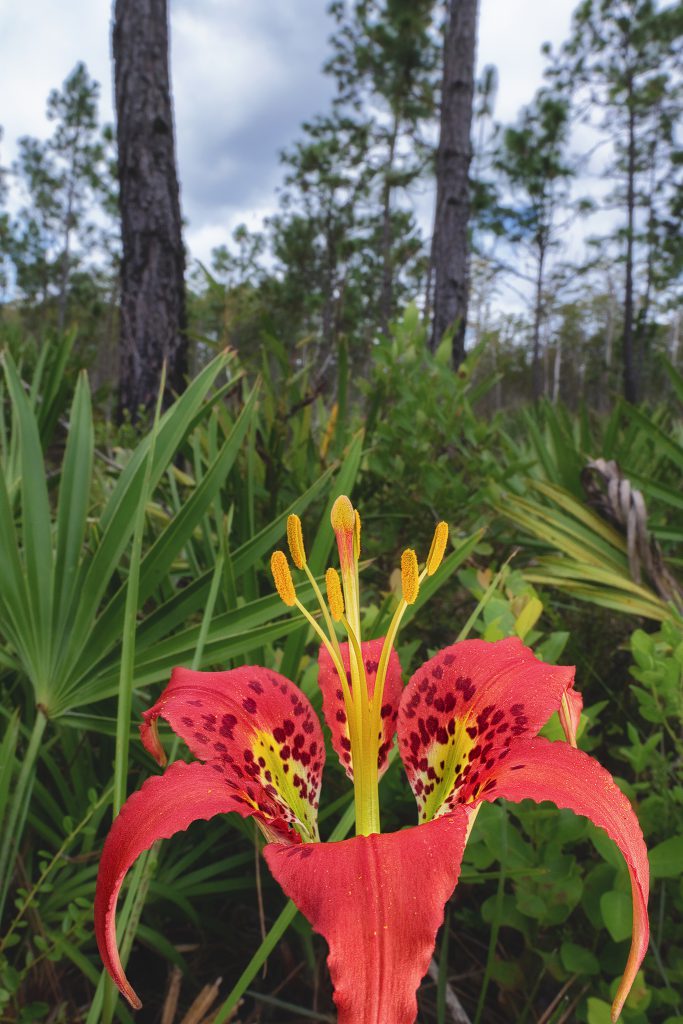

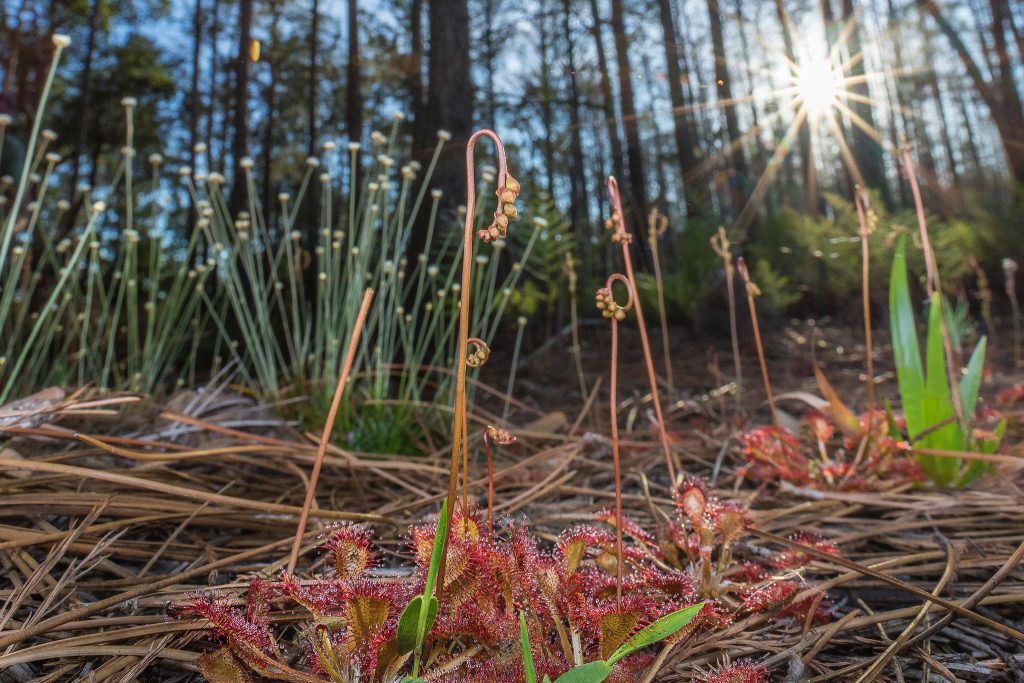
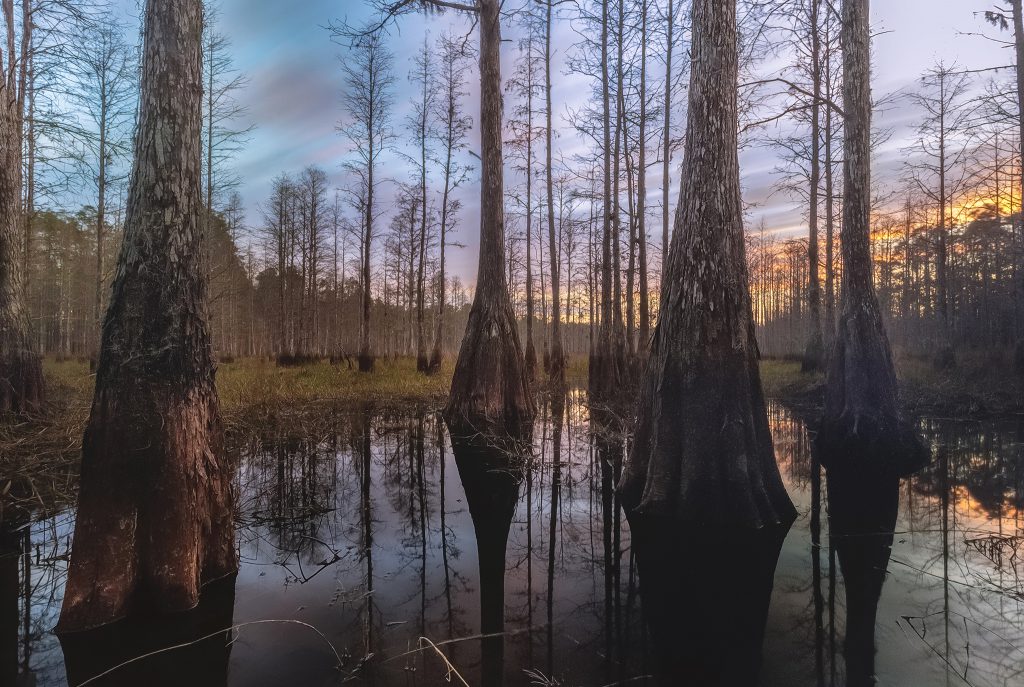
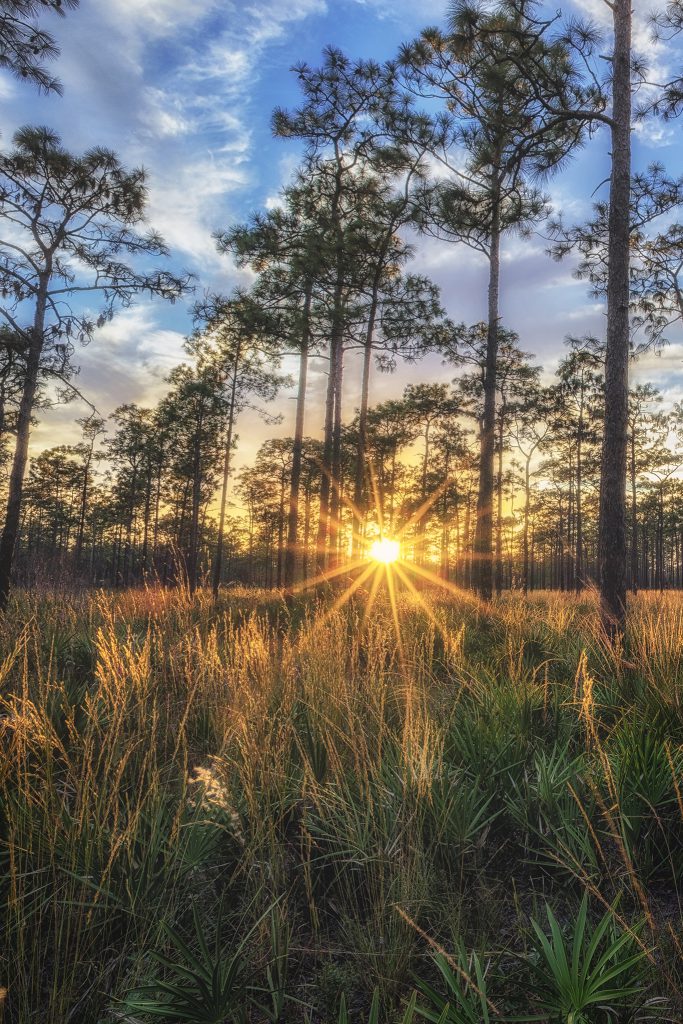

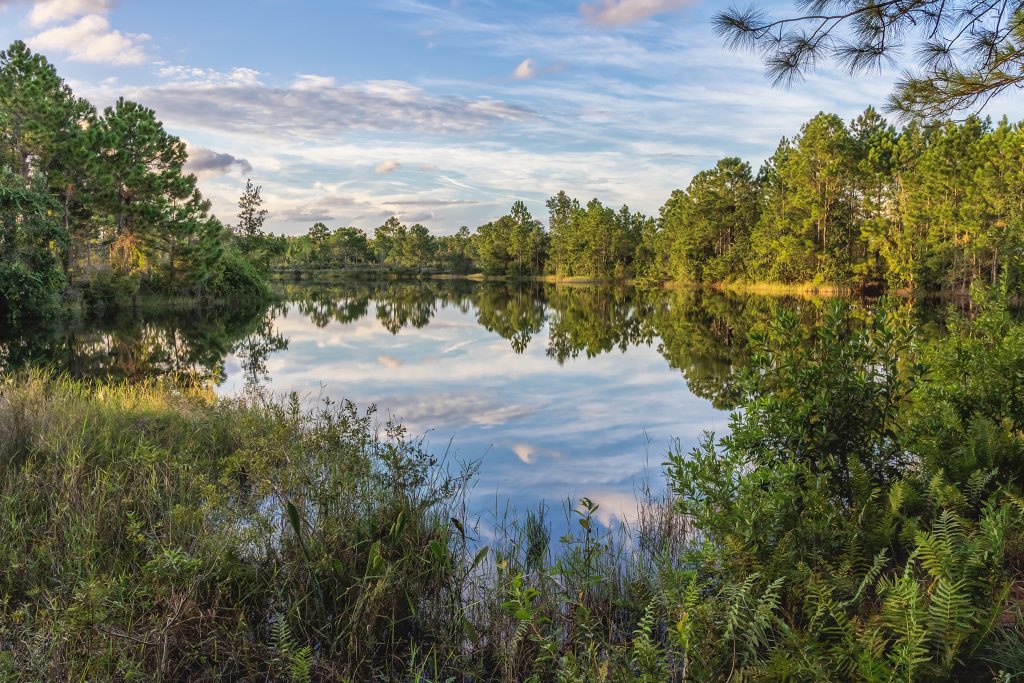
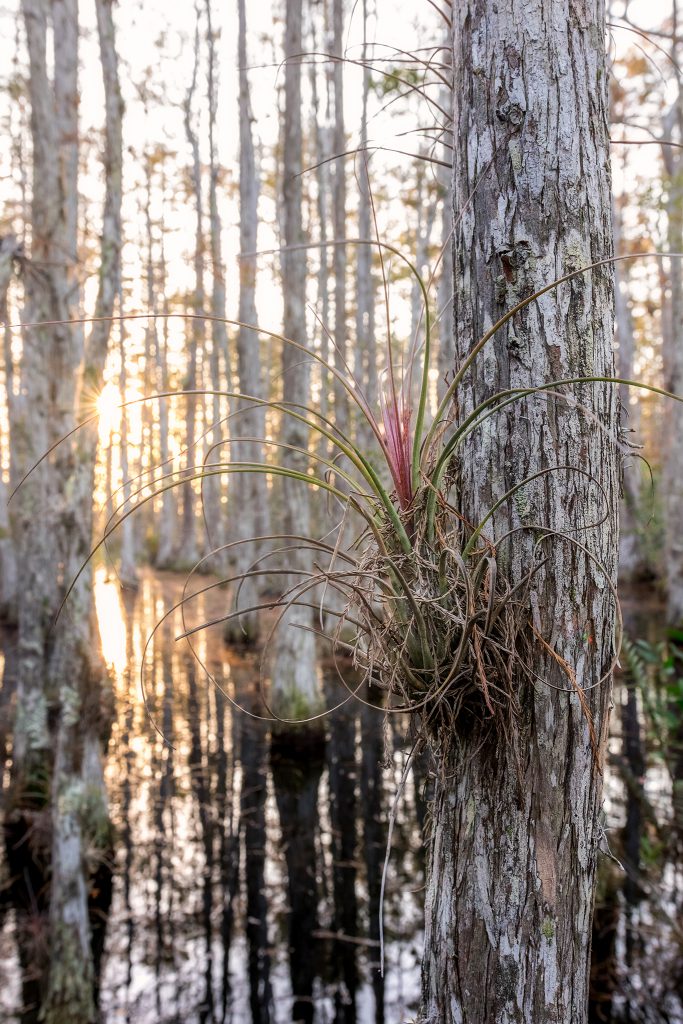
Aside from the larger arc of habitat losses statewide as Florida resumes growing by a rate of nearly 1,000 people a day, the road, itself, through Split Oak will profoundly impact the wildlife living there. Noss, president of the Florida Institute for Conservation Sciences, describes threats including tens of thousands of amphibians flattened as road kill in a one-mile stretch of road; and high mortality rates for low-flying songbirds, owls and hawks due to collisions with cars and trucks. A drive through any part of Florida will also make clear the toll on mammals, especially armadillos and raccoons. Such collisions are the leading cause of death to Florida’s state animal, the Florida panther. The males are known to roam in areas near Split Oak, according to Noss. Roads also fragment wildlife populations, making them vulnerable to genetic changes.
A recent study also shows how roads can create a noise barrier for many species such as amphibians, whose calls signal that it’s time to mate. With highway noise, females may not hear males calling or, depending on the species, males may spend less time calling altogether.
Finally, for the fire-dependent ecosystems in Florida, roads prevent prescribed burns because of the dangers to cars and drivers. Without these regular burns, pine forests and scrubby ecosystems turn into hardwood hammocks, unsuitable for gopher tortoises and the Florida scrub jay, a smoky gray and blue bird found only in the Sunshine State.
If you build it …
The law on building roads through conservation areas is as chaotic as a highway construction site. Chapter 704 of the Florida Statutes describes what can and can’t happen on a conservation easement. Chapter 704.06.1 “prohibits any of the following: (a) Construction or placing of buildings, roads, signs, billboards or other advertising, utilities, or other structures on or above the ground.” Yet a few points later, 704.06.11 states: “Nothing in this section or other provisions of law shall … prohibit or limit the owner of land … to voluntarily negotiate the sale or utilization of such lands or easement for the construction and operation of linear facilities, including …public transportation corridors …nor shall this section prohibit the exercise of eminent domain as provided by law.”
The specter of a road breaching Split Oak Forest spurred Valerie Anderson to want to get involved. Anderson was familiar with Split Oak Forest through her graduate work that described the ecological communities found there. She co-founded Friends of Split Oak Forest, a group trying to stop road construction through this tract.
Charles Lee of Audubon Florida supports a compromise that would allow the road through Split Oak Forest, destroying approximately 160 acres and preventing fire management in the southwestern corner of the property in exchange for conservation of 1,500 acres within Deseret Ranch. Friends of Split Oak Forest, the League of Women Voters, and Sierra Club Central Florida Group are all opposed. Anderson said while the compromise may seem like a gain, much of the 1,500 acres has already been set aside for conservation as critical wetland habitat. Another sizeable portion is so degraded that it would take substantial time, effort and money for it to be restored to the quality of land being lost within Split Oak.
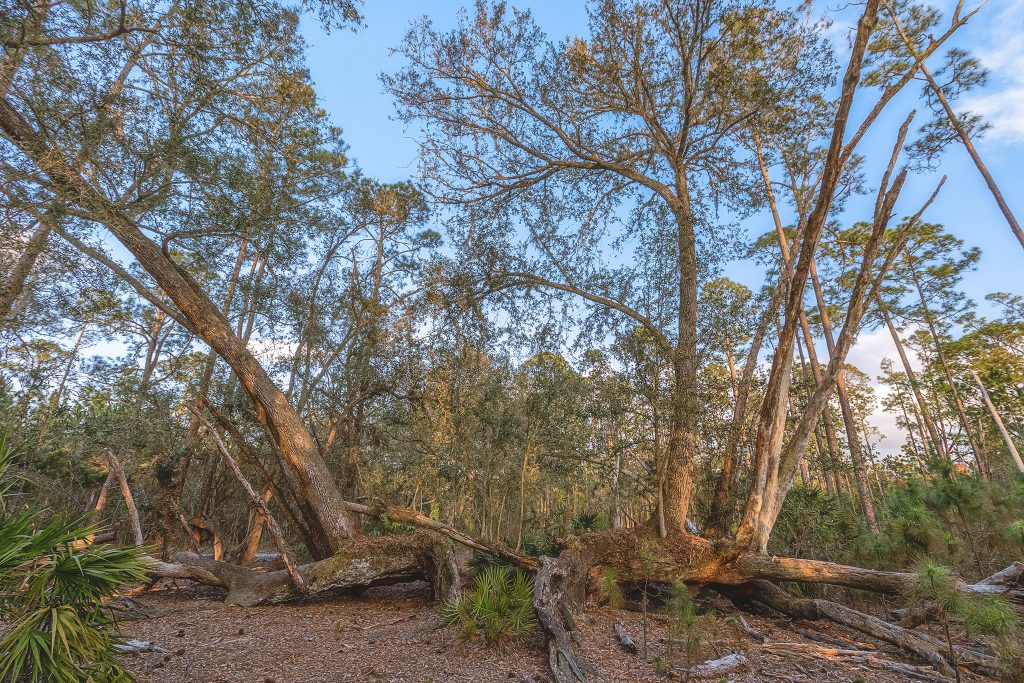
A different option would route the road around Split Oak Forest, a plan that would cost an additional $245 million according to Anderson. Slides from an April 2017 meeting reveal that the Osceola Expressway Authority (now part of the Central Florida Expressway Authority) has dismissed this option, but without explanation. The same slides disclose that the chosen alternative, the road through Split Oak, “has unavoidable environmental impacts to the natural, physical and social environment.”
The story of one road through one forest could have profound implications statewide given Florida’s intense population growth and transition of interior counties from crops to rooftops: Will other conservation lands become vulnerable to new roads? Will Florida continue to cleave the state’s last major wildlife corridors? Will the state further compromise its ability to conduct controlled burns? Not necessarily, says Tom Hoctor, director of the University of Florida’s Center for Landscape Conservation Planning. But to turn the tide of fragmentation, loss of wetlands and other threats to conservation lands, Florida would have to get serious about statewide conservation and growth planning.
Back at Split Oak Forest, the bioblitz was wrapping up. Anderson’s excitement was palpable. There, in her camera’s playback, a Florida scrub jay sat perched atop a dead pine tree. This bird, indirectly dependent on fire and limited to scrub habitat across the highest elevations in the state, represented hope for Split Oak Forest. By itself, it could not stop the road. But its presence sets the stage for a new round of impact assessments: Florida’s only endemic bird, vs. 1,000 new people a day.
 Peak Florida
Peak Florida